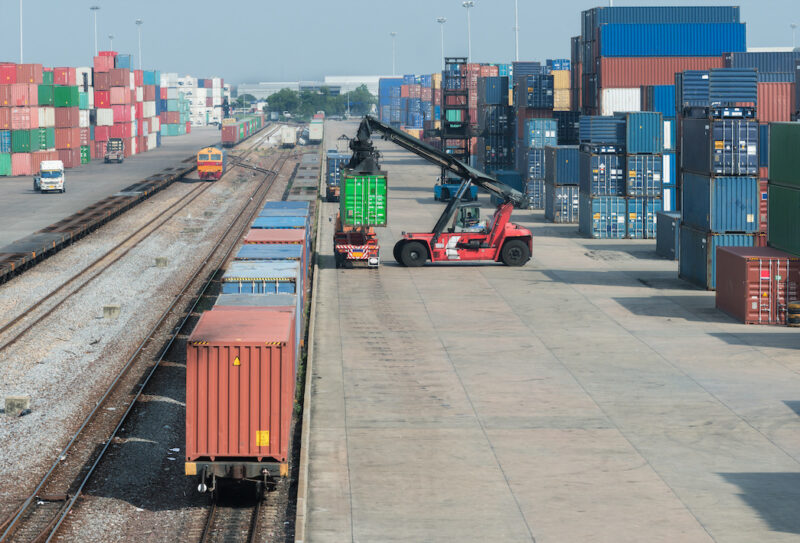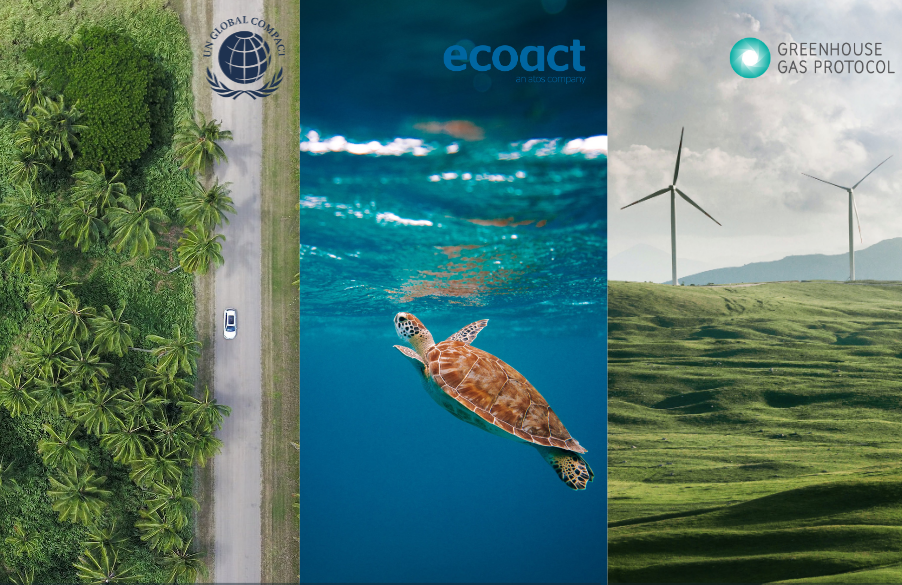Marked by a strong atomisation, an important concentration dynamic has been at work for some years in the world of transport. The objective is to respond accurately to the needs of customers, by offering them a comprehensive and bespoke transport solution.
What does a customer expect when he entrusts his goods to a carrier ? The fact that it arrives at the right port, of course, is obvious, but also that the provider guarantees optimal transport conditions. The ideal solution would then be to benefit from a lasting partnership, with a comprehensive and bespoke transport solution, calibrated according to the needs and issues of the customer, including the most atypical or the most urgent.
However, the vast majority of the transport sector is too fragmented to fit into this ideal pattern. 97% of the 37,200 French transport companies surveyed in 2017 have fewer than 50 employees. The situation is the same across Europe. In 2015, the 28 countries of the European Union had 1.1 million logistics and transport companies. They alone account for 5.1% of the total number of European enterprises in the private sector. However, these small, often family-run businesses are not sufficiently calibrated to meet the current challenges of transportation demand.
More transport, more concentration, more efficiency
Driven by globalization and the dynamism of emerging countries, particularly the BRICS (Brazil, Russia, India, China and South Africa), global trade is steadily increasing. At the same time, the explosion of e-commerce is promoting the development of courier services and the rapid transport of small parcels. Global trade volumes are expected to quadruple by 2050. The cumulative value of all goods transported would then reach $68,500 billion.
The growth of commodity flows also increases the number of interfaces and complicates the procedures to get each product to port. The evolution of business models, the advent of new economic actors and the emergence of new technologies tend to shorten the cycles of innovation, production and distribution. In short, the entire transportation sector is being reinvented. In this context, cross-sectoral approaches, as well as global and digital supply strategies, are necessary as levers of competitiveness and naturally promote the concentration of the forces involved.
More services, more visibility, more serenity
Today, purchasing services are multiplying the number of calls for tender and systematically putting transport operators in competition. They want to identify sufficiently structured providers, at national, European and international scale, capable of supporting their business in its economic development and geographical expansion. They are waiting for transport solutions 3PL and 4PL (Third Party Logistic and 4th Party Logistic), allowing to outsource the entire management of logistics flows and supply chain. In fact, the proposed solutions must integrate, in addition to the transport offer, storage and cross-docking services. Of course, purchasing services
This is why the proper sizing of transport companies and the ongoing search for critical size become essential to reduce costs, Position themselves effectively to win bids or fund innovation. More concentrated, transport companies are also – and above all – better structured to meet their customers’ expectations.
The excessive atomisation of the sector inevitably weighs on the structuring of flows and encourages the use of a large number of suppliers. At the risk of creating an opacity in the rates charged, making it difficult to identify the service providers, and hindering the tracking of shipments and the management of the transport activity by the customer. On the contrary, concentration makes it possible to offer ad hoc solutions, over an extended scope, with single entry points and increased visibility, which can be scaled up over the entire offer, from order taking to final delivery.
Sterne, a global operator
Fully committed to serving its customers, the Sterne Group demands this concentration strategy. Our external growth operations, already carried out (Bip Bip Courses, Partner Express, RAC, Novea, ATS) and to come, aim to build a global offer, capable of integrating within a single structure skills and savoir-faire as specific as they are complementary.
This strategy has three main objectives:
- Generate commercial and operational synergies between the different Bus that make up the Sterne Group.
- Offer a comprehensive and integrated offer that meets all the needs and issues of our prospects and clients.
- Become an undisputed leader in custom transportation.
This strategy is obviously bearing fruit. From bicycles to planes, from urban racing to international transport, every Sterne Group customer now benefits from a global offer, in terms of typology of service and geographical coverage, and a tailor-made solution, perfectly adapted to its specifications, whatever its sector of activity, the need or nature of the flows it entrusts to us.







